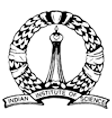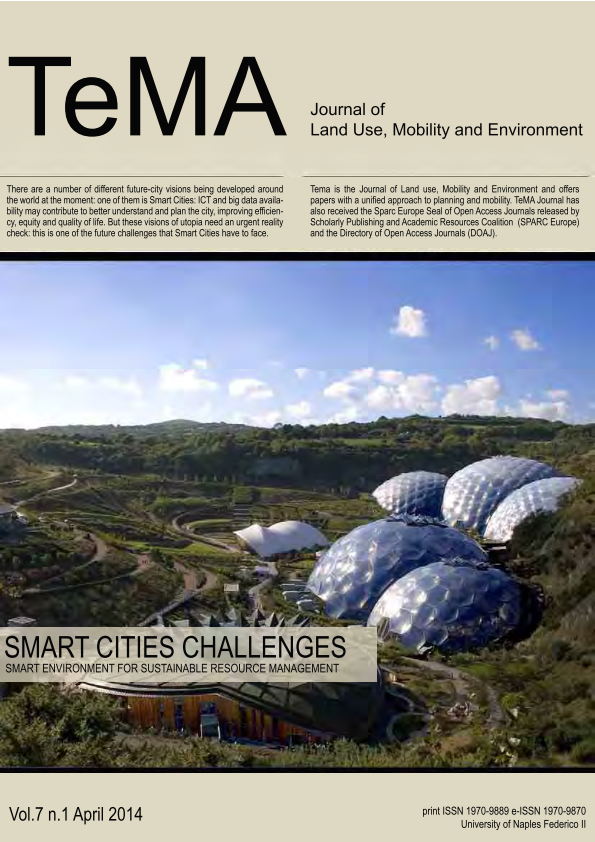Conclusion
Spatial patterns of urbanisation and sprawl in Pune city with 10 km buffer has been analysed zone wise gradients using temporal remote sensing data through Geoinformatics and spatial metrics during 1977 to 1992 there was infilling in the core city area. During 2000 and 2013 the fragmentation was quite evident at city outskirts. Spatial pattern dynamics analysed through patch, contagion, edge and shape metrics.
The temporal pattern of the urbanization process of this region highlights the process of coalescence during the rapid urbanization decade (2000 to 2010). Results indicate the process of aggregation in the core compared to the periphery and the buffer zones. Globalisation and the reforms in the industrial sector during 1990’s witnessed a spurt in urban growth, which is evident from the occurrence of large number of urban patches surrounded by other land uses, especially in industrial pockets such as Pimpri chinchwad, Warje, Yerawada, etc. Subsequent urban growth witnessed consolidation of fragmented patches with lower patch density and larger urban patch to form clumped urban pockets in NW and SE directions by 2010. Specifically, aggregation of patches is noticed in northwest at the outskirts and even at the buffer zone. Gradients with metrics provide vital information to the decision makers about level of urbanisation and the role of agents (policy issues, etc.). Information about the patterns of growth, rate of growth, patches, clumpiness etc. would help in evolving appropriate location specific strategies to mitigate environmental consequences. Visualisation of urban growth based on the behavior of agents with the temporal data help the city managers in help city planners and administrators to design towards achieving the goals of sustainable cities.



